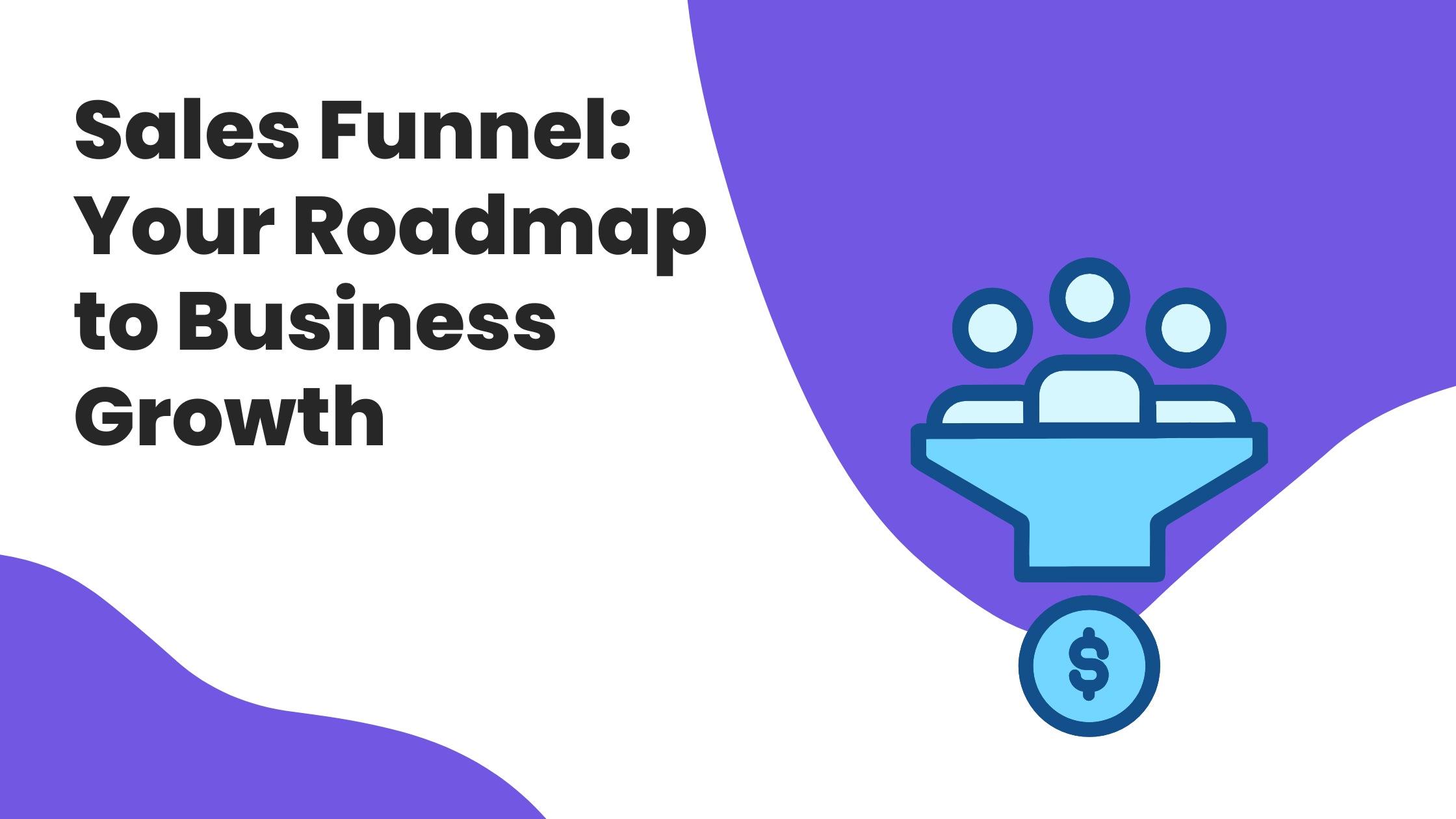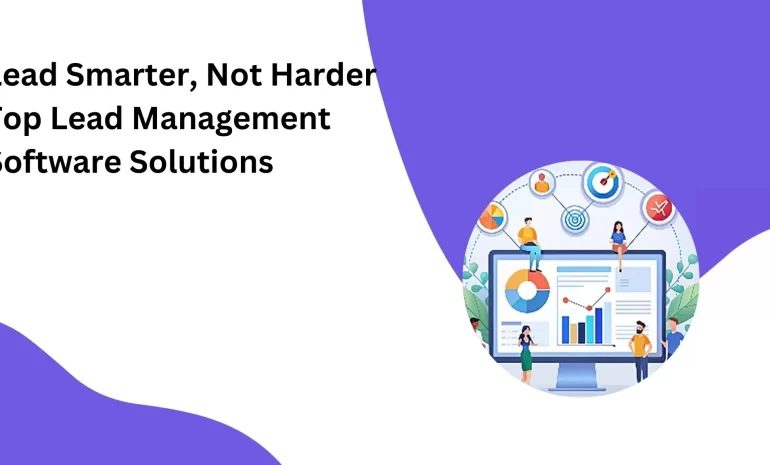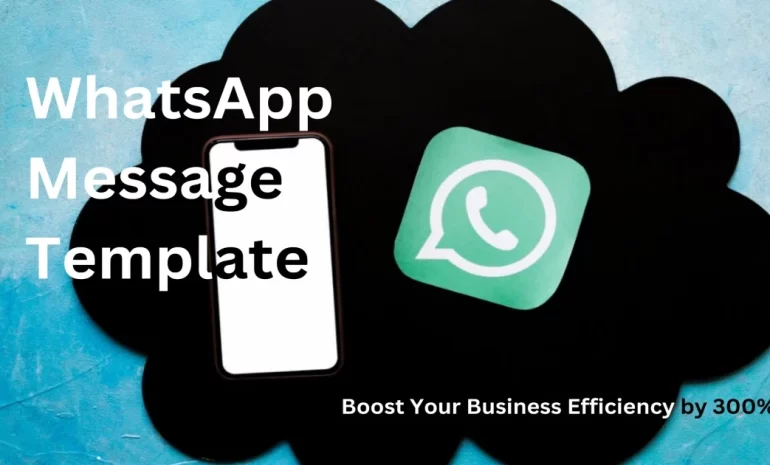Each firm is in need of a strategic way to ensure that all clients are properly served with the right goods and services. The buyer’s journey plays the role of a blueprint for creating the sales funnel, a framework which lays out the campaigns success strategy starting form a potential client up to the point of becoming a paying one. Start by developing a compelling vision of your business, then determine exactly what you are heading for, and who is your customers.
The AIDA Model: A Foundation for Sales Funnels
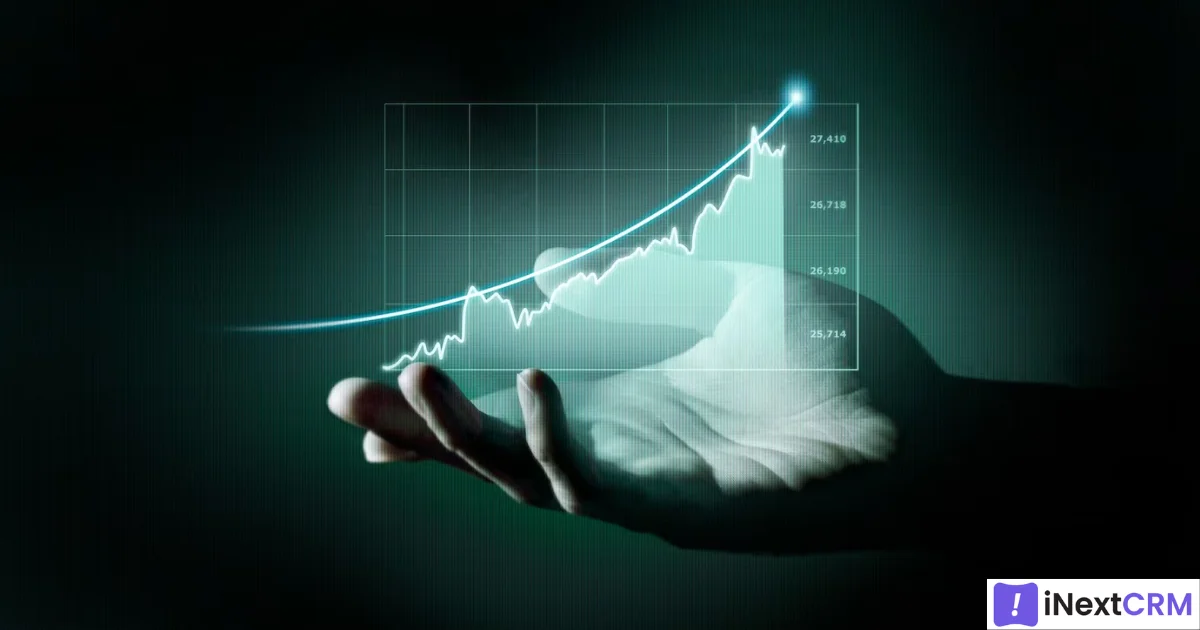
Each firm is in need of a strategic way to ensure that all clients are properly served with the right goods and services. The buyer’s journey plays the role of a blueprint for creating the sales funnel, a framework which lays out the campaigns success strategy starting form a potential client up to the point of becoming a paying one. Start by developing a compelling vision of your business, then determine exactly what you are heading for, and who is your customers.
AIDA stands for:
Awareness: Catch the attention of your targeted customers to your product or services provided.
Interest: Sets their interest alight by emphasizing the value and differentiating features.
Desire: Highlighting the product’s value as part of your brand awareness programme.
Action: Improved conversion rate by focusing the customer to make a specific decision, like a purchase.The sales funnel details smoothly along AIDA. It is the underlying support that will assist you to efficiently apply the steps and monitor the progress of various stages through business analytics reports. These reports, created by data analysis software, show the behavior of the customers in all funnel stages, which helps you making decisions to optimize the approach and achieve better results.
What Exactly Is a Sales Funnel?
A sales funnel is the marketing concept that is defined with every interaction and step a customer takes with the company. The illustration is of a funnel because although large number of leads starts at the initial or beginning of the sales process only few of them result in a purchase at the end.
There are two sides of the coin: the sales funnel, and the buyer’s journey. A buyer’s journey focuses on the entire process from initial consideration to making a purchase from the buyer’s perspective. Whereas, the sales funnel shows the journey from the seller’s point-of-view.
The 5 Stages of a Sales Funnel
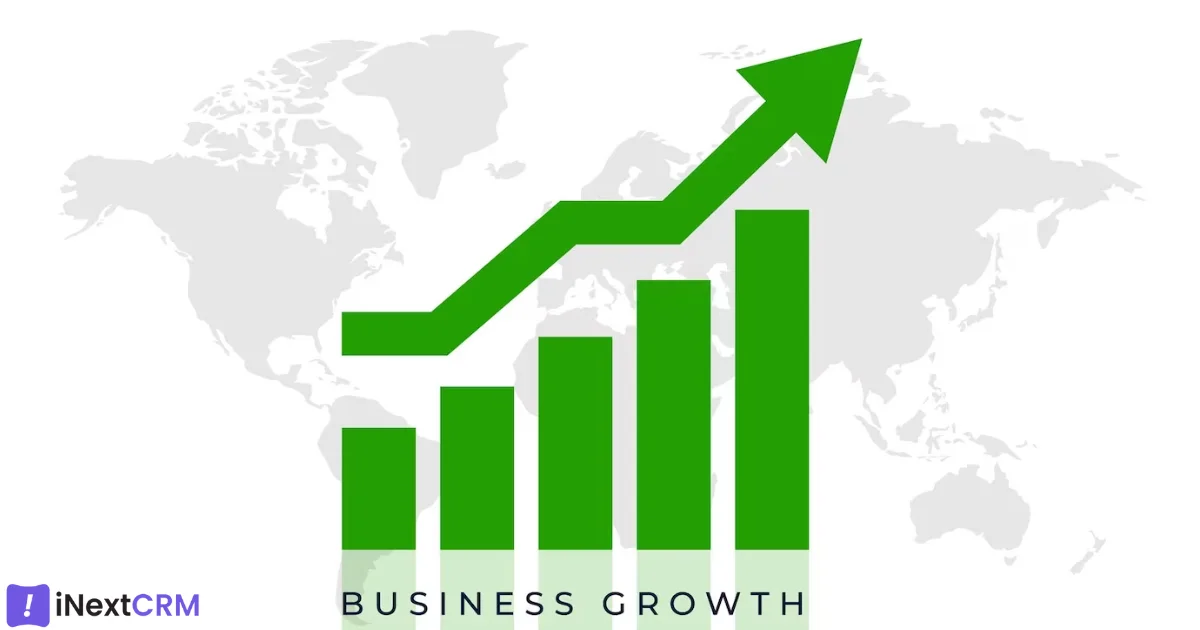
There are five distinct stages in a typical sales funnel:
- Awareness
This is the stage where your potential customers first become aware of your product or service. They might stumble upon your website, social media profiles, or an advertisement. At this point, they are exploring and seeking information.
- Interest
Once aware, potential customers develop an interest in your offering. They delve deeper into your content, engage with your brand, and may even subscribe to your newsletter or follow you on social media. Their interest signifies a potential desire for what you provide.
- Desire
In the desire stage, the potential customer moves from liking your product or service to wanting it. They are considering making a purchase and are actively looking for reasons to choose your offering over the competition.
- Action
Action is where the potential customer converts into an actual customer by making a purchase or taking another desired action, such as signing up for a free trial. This stage is where your sales efforts come to fruition
- Retention
After making a purchase, the customer enters the retention stage. It’s essential to deliver a top-notch product and service to ensure they’re not just satisfied but delighted. Satisfied customers are more likely to become brand advocates and bring in new customers through referrals. A business goal tracking software can be a useful tool here, allowing you to set and monitor specific goals for customer retention.
.
How Does the Sales Funnel Work?
The sales funnel is a map of your sales process that leads to getting more customers and directing them to buy your products and services. Consider for example if you are in fashion business and you are aware that your customers are on Instagram. Hence, you make use of it to generate revenue by running a targeting ads on Instagram that lead people to a landing page on your website. You encourage your prospect to subscribe to your email list with the promise of a lead magnet in return, for example, via a promo code or a style sheet.Isn’t that fairly simple?
Instead of prospects, you now have leads that are moving towards your sales funnel. In the next few weeks, you’d post informative material teaching your subscribers about your brand of clothing, share new designs, and help the customers to pick the best outfit for their wardrobe.
Thereafter, you can send this diverse group of customers by different interests into a new email list and customize your marketing messages for that specific type of customer. It goes on until you do your next segment which involves content that is more related to you.
Why Is the Sales Funnel Important?
According to Pardot, businesses that have not identified or attempted to measure a sales funnel face challenges converting leads into paying customers. It can be difficult for businesses to move leads through the pipeline, make sales, and identify where changes need to be made to improve their processes without an effective sales funnel also known as a conversion funnel.
Here’s why the sales funnel is crucial:
- Speeding Up the Sales Process: The funnel streamlines the customer journey, making it quicker and more efficient.
- Improving Customer Relationships: It helps build and nurture relationships with leads and customers.
- Personalized Approach: The funnel allows for tailored marketing and messaging at each stage.
- Boosting Sales: By guiding prospects through the decision-making process, it increases the likelihood of conversions.
- Maximizing Marketing Efforts: It helps you understand which marketing strategies are working and which need adjustments.
Google Analytics and other analytics tools can help you visualize the flow of customers across your website and identify pages with high drop-off rates by displaying how many visitors exit the funnel at each step.
In conclusion, understanding the sales funnel and effectively implementing it is crucial for any business looking to grow. It’s the roadmap that takes potential customers from awareness to action and beyond. To leverage the power of the sales funnel effectively and boost your business growth, reach out to iNextCRM.
For CRM Solution or Business Automation Service, feel free to reach us at biz@inextcrm.com or call/WhatsApp at +91-7506506672. Your journey towards a more efficient and effective sales funnel starts here.
